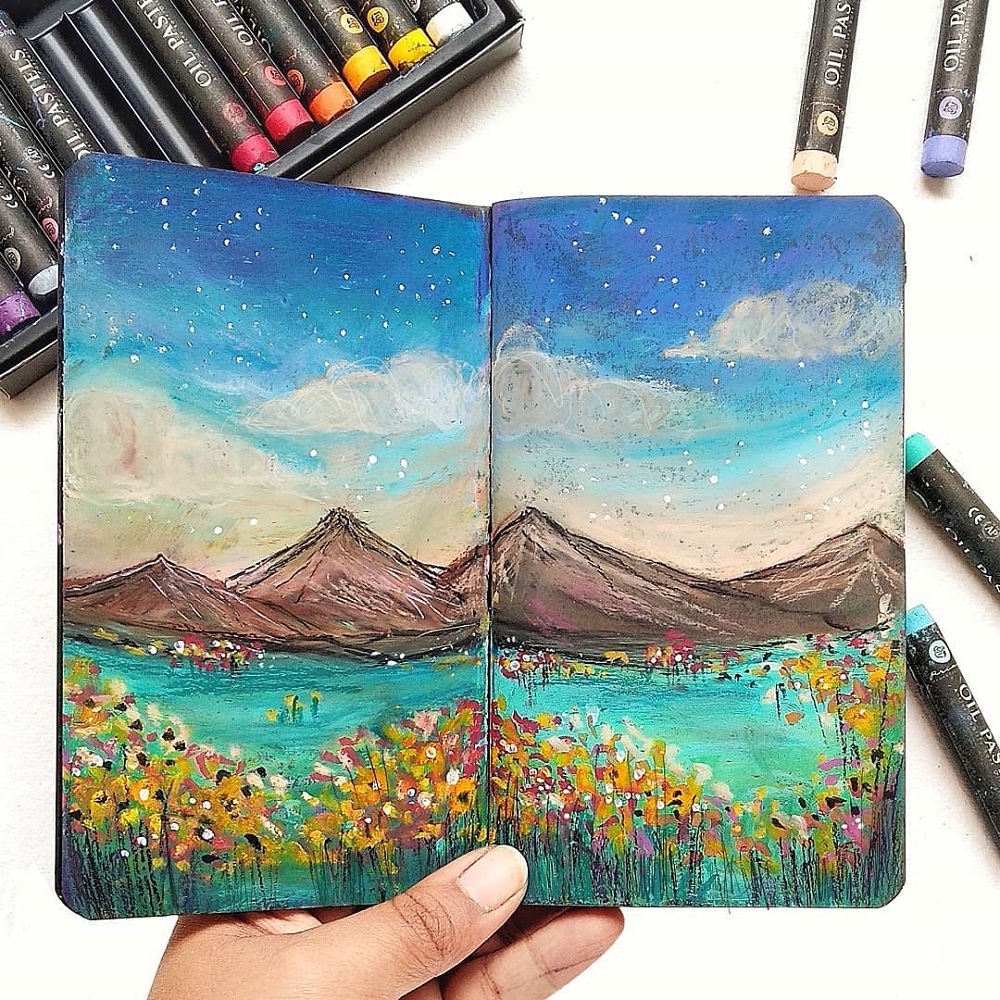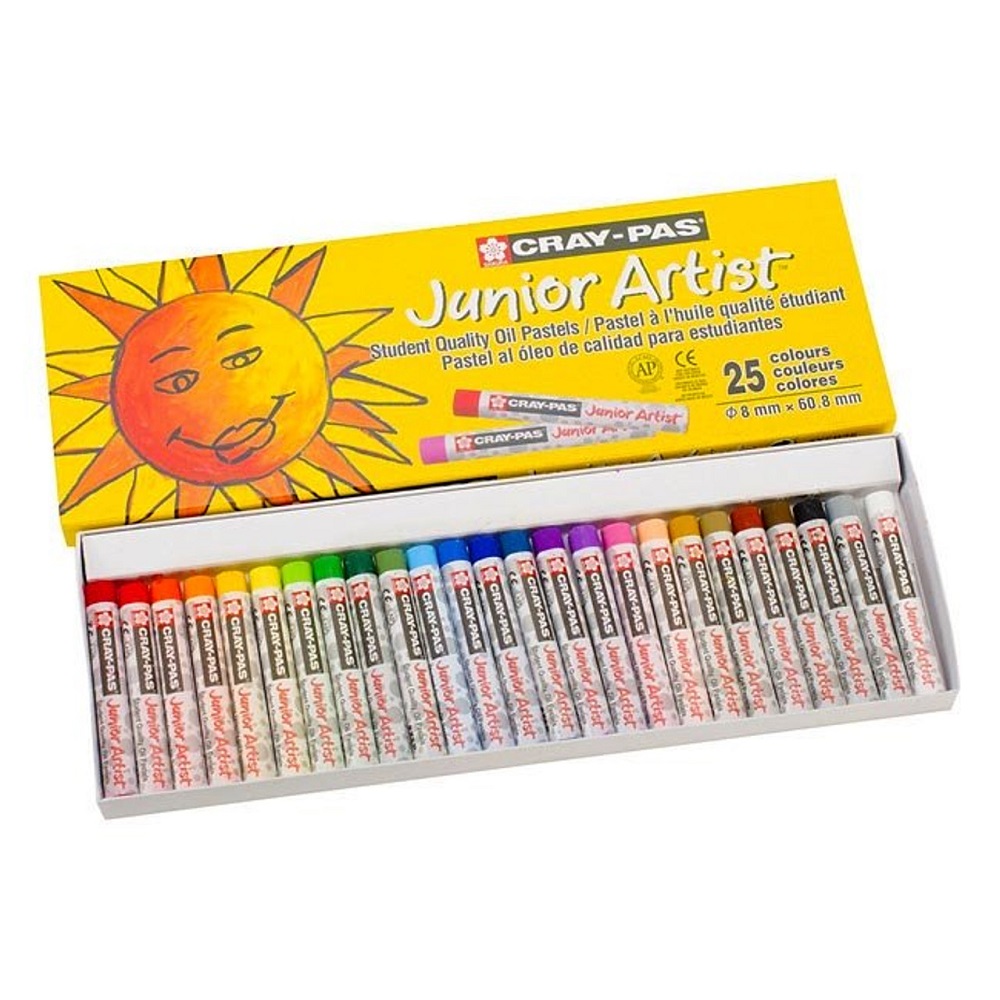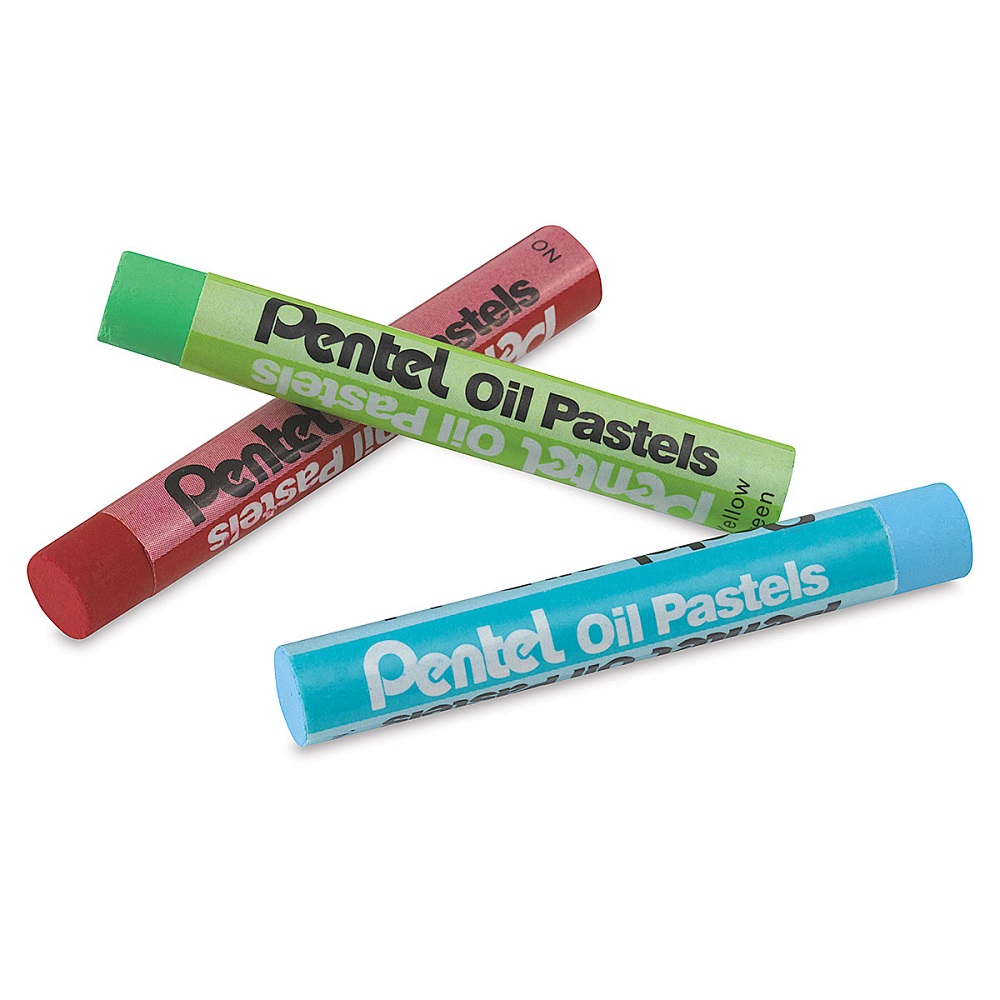Introduction to Oil Pastels and Crayons
In the world of art, oil pastel and crayon seem similar but hold unique qualities. As we explore these colorful tools, we highlight their differences and applications. Understanding these materials will help artists of all ages select the right medium for their creative expression.
Overview of Oil Pastels
Oil pastel bring vibrant colors to artwork with their rich pigment and creamy texture. These sticks combine pigment with a non-drying oil and wax binder. They allow for smooth application and excellent blending capabilities, offering artists the ability to create depth and subtlety in their work. Ideal for artists looking for a paint-like effect, oil pastels are known for their intensity and versatility.
Overview of Crayons
Crayons, on the other hand, are childhood staples. Typically made of paraffin wax and pigment, crayons are firm and offer a clear, precise line. They are suited for basic drawing and coloring, requiring a stronger hand to apply cfolor. While they may not blend as oil pastels do, crayons are excellent for quick sketches and filling large areas with color. They come in a variety of options, including environmentally-friendly soy crayons, that are smoother and better for the environment.

Composition and Materials
Insight into the materials used to create art mediums like oil pastels and crayons can enrich our understanding and improve our crafting techniques.
What are Oil Pastels Made Of?
Oil pastel consist of a blend of vibrant pigments, non-drying oil, and wax binders. This composition results in a creamy texture that glides smoothly over surfaces, allowing for nuanced shading and rich color layering. Artists favor oil pastels for their malleable consistency, which aids in blending and creating gradient transitions with ease.
What are Crayons Made Of?
Crayons are formulated from paraffin wax and powdered pigments. Some crayons use soy oil instead of paraffin, creating a product that is not only smoother to apply but also eco-friendly. The firmness of crayons lends itself well to producing distinct, clean lines and durability for everyday coloring activities. Despite a more limited capacity for blending compared to oil pastels, crayons remain a beloved choice for their simplicity and vivid results.
Color Saturation and Application
Color Intensity in Oil Pastels vs. Crayons
When discussing the vibrancy of colors provided by different art materials, oil pastels stand out. Their highly saturated colors make artworks pop with life and intensity. This is because oil pastels contain more pigment per volume than crayons, allowing for richer, deeper color. In contrast, crayons tend to offer less color intensity. They may appear somewhat muted next to the bold hues of oil pastels. This discrepancy is particularly noticeable when you compare the two side by side on paper. The bright, vivid effects of oil pastels are unmatched by the relatively pale output of crayons.
Blending Techniques for Both Mediums
Blending is a key aspect of artistry, allowing for seamless transitions and subtle shifts in hue. Oil pastels excel in this area, allowing artists to merge colors with ease. You can, for example, blend by layering different colors and softly merging them with your fingers or a blending tool. Crayons, while less conducive to blending, can still be mixed to a degree. It requires more effort and pressure, making it a less ideal choice for creating smooth gradients. Nevertheless, both crayons and oil pastels serve their unique purposes in art, depending on the desired outcome and the artist’s technique.

Using Oil Pastels
Techniques for Blending Oil Pastels
Blending oil pastels is a seamless way to create a diverse range of artistic effects. To start, you can layer one color lightly and then gently apply another color on top. This creates a soft transition between hues. Color blending with oil pastels can also be achieved by employing a (Q-tip), brush, or even your fingers to smudge the colors together. Many artists apply a small amount of baby oil to bind the colors more smoothly. This method intensifies the colors and brings out a richer palette. Consider experimenting with different strokes such as dabbing or swirling to find your favorite blending technique with oil pastels.
Surfaces Suitable for Oil Pastels
Oil pastel work wonderfully on a wide variety of surfaces, each offering unique effects. Paper is the most common, preferably thick or textured types like watercolor paper, which holds the pastels well. You can also use oil pastels on cardboard, canvas, and wood panels for richer textures. Each of these surfaces enhances the vibrancy and depth of oil pastels. Masonite and papers specifically designed for pastel use can also provide excellent results, making the pastels’ colors pop and allowing for refined blending. Remember, the choice of surface can impact the final look and feel of your artwork, so feel free to experiment to see what works best for your artistic vision.
Using Crayons
Crayons, a staple in childhood art supplies, offer simplicity and a range of colors. They are perfect for strong, distinct lines and covering large areas quickly. When using crayons, it’s important to apply sufficient pressure to achieve vivid colors. Keeping crayons sharp ensures precise lines and edges in artwork.
Best Practices for Crayon Use
To maximize crayon usage, hold the crayon close to the paper. This control enhances precision in drawing. Regularly rotate the crayon to wear it evenly and maintain a consistent point. Storing crayons in a cool, dry place prevents melting and breakage. For large areas, use the crayon’s side to shade more broadly and efficiently.
Environmentally Friendly Options: Soy Crayons
Soy crayons are an excellent, eco-friendly alternative to traditional paraffin wax crayons. Made from soybean oil, these crayons are smoother and less harmful to the environment. They glide easier on paper, reducing the necessary pressure for color application. However, they tend to break more easily than regular crayons. Supporting products like soy crayons promotes environmental sustainability in art materials.

Techniques Unique to Oil Pastels
Oil pastel offer specialized techniques that set them apart from other mediums like crayons.
Sgraffito and Layering Techniques
Sgraffito and layering are prominent techniques used with oil pastel. After layering, artists scratch through the upper layer to reveal colors beneath. This technique creates detailed patterns and textures, enhancing visual depth. Alternatively, layering without scratching also provides richness. Blending various shades forms new hues and transitions, ideal for dynamic and expressive artworks.
Effects Achievable with Oil Pastels on Different Papers
The choice of paper drastically affects the oil pastels’ performance. Heavier, textured papers like watercolor or pastel paper are best. These enhance the pastels’ creamy texture, making them vibrant and rich. On smoother papers, oil pastels provide a delicate, soft look which is good for subtle shading and light blending. Experimenting with different types of papers can lead to discovering the best fit for your artistic style and project needs.
Drawing Techniques Comparison
Exploring various drawing techniques can enhance your artwork using either oil pastels or crayons.
Stippling, Scumbling, and Cross-Hatching with Oil Pastels
Oil pastels offer unique opportunities for textured drawing techniques that mimic the effects of traditional painting styles. Stippling involves placing small dots of color to build up tones and textures, which oil pastels execute brilliantly due to their softness. Scumbling allows for creating a layer of broken color by lightly dragging pastels over the artwork, resulting in a slightly rough texture that adds depth. Cross-hatching with oil pastels adds a dense layered look by applying intersecting sets of parallel lines that mix visually from a distance, creating a new color or depth.
Basic Drawing and Sketching with Crayons
Crayons, being a classic choice for straightforward art projects, are great for basic drawing and sketching. Their firmness provides control, which is crucial for detailed lines and crisp edges. Utilize crayons to outline designs and fill in large color blocks efficiently. Crayons fit comfortably in the hands of young artists, making them highly suitable for educational art activities and quick sketches where precision and simplicity are key.